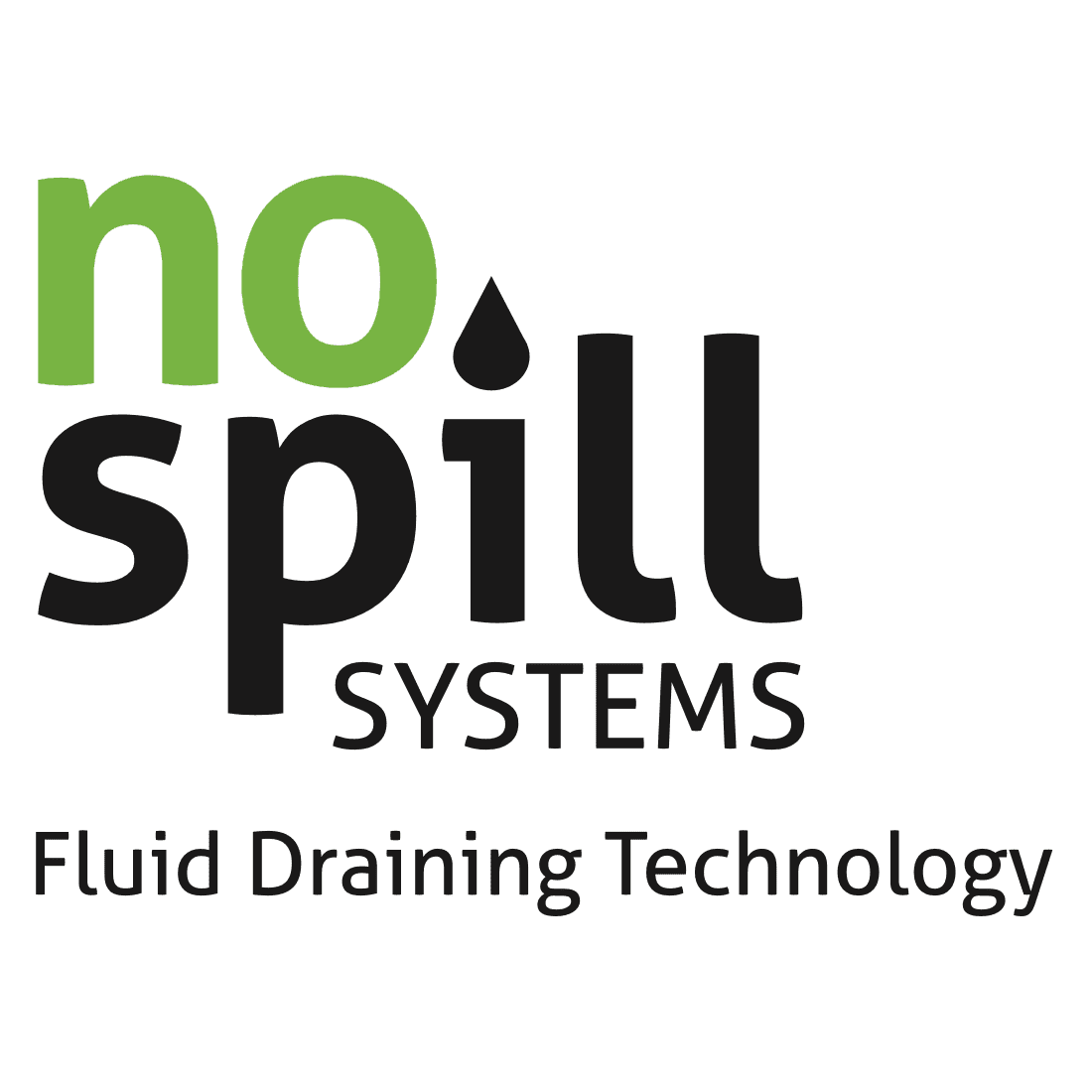In the world of commercial vehicles, regular heavy truck maintenance is essential to keeping fleets running smoothly. At No-Spill Systems, we understand the unique challenges that fleet managers and trucking companies face when it comes to fluid maintenance, and we’re here to help.
Drain Plug Solutions for Heavy Truck Maintenance
Today, we’re shining a spotlight on the heavy truck industry and showcasing how our drain plug solutions are enhancing efficiency and reducing downtime for businesses everywhere.
For fleet managers, time is money. Every minute spent on maintenance tasks is a minute that could be spent on the road, delivering goods and keeping operations running smoothly. That’s why it’s crucial to streamline maintenance processes wherever possible, and that’s where No-Spill Systems comes in.
Our drain plugs are specifically designed to make fluid changes faster, cleaner, and more efficient than ever before. With their precision-engineered design and leak-proof construction, our products are trusted by fleet managers and mechanics alike to get the job done right the first time, every time.
Reliable Drain Plugs: Ensuring Durability and Efficiency in Heavy Truck Maintenance
But it’s not just about efficiency—it’s also about reliability. When you’re dealing with commercial vehicles and heavy truck maintenance, you need products that can stand up to the rigors of daily use. That’s why all of our drain plugs are built to last, with durable materials and a robust design that can handle even the toughest jobs.
Whether you’re draining engine oil, transmission fluid, or hydraulic oil, our drain plugs are up to the task. Plus, with their easy-to-use design, you can say goodbye to messy spills and hello to a cleaner, more streamlined maintenance process.
But don’t just take our word for it—countless trucking companies and fleet managers have already experienced the benefits of No-Spill Systems’ drain plugs firsthand. From reducing maintenance time to minimizing the risk of spills and leaks, our products are helping businesses across the country save time and money.
Stay tuned for future blog posts where we’ll explore how our drain plug solutions are making a difference in other industries, from industrial machinery to agricultural equipment. The future of fluid maintenance starts here with No-Spill Systems.
Ready to experience the difference for yourself? Explore our range of drain plugs for commercial vehicles and heavy truck maintenance today and discover why No-Spill Systems is the name trusted by industry professionals everywhere.
10 Reasons to Change Fluids with No-Spill™ Systems
- Save Money: Eliminate common drain plug problems like stripped pan threads, frozen plugs, cracked pans, replacing washers, lost plugs due to under-torquing, etc.
- Save Time: No-Spill™ Systems is a full-bore fitting with a unique single-bridge design, enabling a maximum flow rate for a speedy oil change without time-wasting cleanups.
- Eliminate Spills: Avoid costly fines and cleanup costs for site remediation and environmental damage.
- Eliminate Burns: Reduce injuries and lost time.
- True Dual Function: Works with gravity or with suction systems for superfast, super-efficient draining.
- Fast and Easy Installation: No special tools are required. Just replace the factory plug at the next oil change.
- Full Range of Sizes and Thread Patterns: Available in 500 different sizes, it covers the common thread pattern types UNF, NPT, BSP, and Metric.
- Highest Quality Design and Materials: Solid brass body; full-length machining of threads for maximum strength and security.
- Quality Assurance: No-Spill™ Systems is ISO certified and has over 27 years of experience with satisfied customers across North America and the world.
- World Leader: We are proud to call No-Spill™ Systems the Global Leader in fluid draining technology.
Is Your Fleet Really Ready for Winter?
With harsh January weather right around the corner, it is important to make sure your fleet and your drivers are well-prepared for winter driving. Winter is tough on vehicles, and it can be difficult to keep a fleet in continual operation with little downtime. With a bit more attention and some preventative heavy truck maintenance, you can keep your fleet running smoothly over the winter. Here is a 10-point checklist for heavy truck maintenance to help ensure your drivers and your vehicles are prepared for winter.
Quick 10-point Checklist for Heavy Truck Maintenance
- Battery: Make sure batteries are in excellent working order. If older than 5 years, consider replacing them.
- Oil: Verify that you are using the proper oil viscosity for freezing temperatures.
- Heater: Check the heating elements and the defrost to make sure that they are working perfectly. This should be done a few times during the season.
- Hoses and Belts: Do regular checks of belts and hoses to ensure there is no wear and tear. Make sure they are fixed immediately.
- Windshield Washer Fluid: Make sure drivers have a full supply of washer fluid and always have extra when the weather gets messy.
- Other Fluid: Transmission, brake, and power steering fluid can be affected by extreme temperatures. Be sure to check these fluids regularly.
- Windshield Wipers: Wipers should be heavy duty and be able to cut through ice. Any wiper with even minimal wear should be replaced immediately.
- Tires: Temperature changes can cause tire pressure fluctuations, and tire pressure should be checked several times a month to ensure that tires are always inflated to the proper psi.
- Regular Cleaning: Wash the cab of the vehicles regularly to remove road salt and de-icing agents. Remember to wash the undercarriage and keep the cab clean
- Emergency Kit: All vehicles should be equipped with a kit for drivers. It should include blankets, flares, flashlight, first aid kit, booster cables, small shovel and sand or salt for traction. Include a checklist of supplies in the kit, and have drivers check regularly that the emergency kit is complete.
Finally, and most importantly, reiterate to your drivers the importance of safe driving. Deadlines are not as essential as safety, and drivers must adapt to changing weather.
With extra care during the winter months, you can keep your fleet running smoothly and safely even in the harshest of weather.

